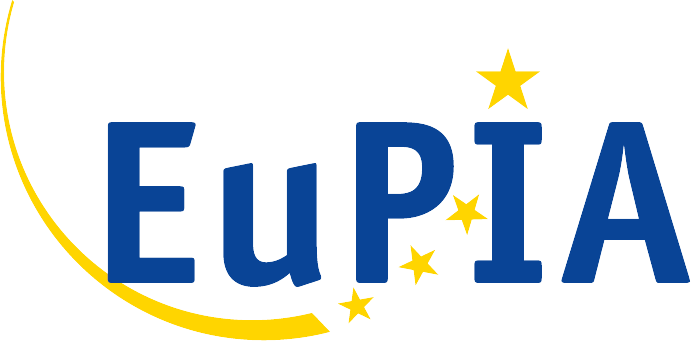Circular Economy
The, ‘Circular Economy’ is quickly becoming a buzz-phrase across European societies but far from being a holistic vision with a lack of real-world application, the Circular Economy is today a reality in Europe – demonstrated via tangible European Union legislation detailing the guiding principles to achieve circularity. Although the implementation of some of these principles may yet have crystallised, the principles of circularity themselves are well understood and clearly defined.
Here at EuPIA, we define the Circular Economy as a guiding principle for our members, its fundamental theory being opposed to the traditional, ‘Linear Economy’ where products are consumed and then discarded. Unfortunately, when it comes to packaging, too many products result in finite waste, whether in landfill, incineration plants or as litter which damages our precious ecosystems. Contrary to this linear approach, the Circular Economy has 3 underlying principles:
- Preserve and enhance natural capital by controlling finite feedstocks and balancing renewable resource flows
- Optimise resource yields by circulating products, components and materials and ensure they are employed at highest utility levels at all times in both technical and biological cycles
- Foster system effectiveness by revealing and designing out negative externalities which may hinder the above
When contemplating the Circular Economy it is important to distinguish between the biosphere and technosphere. In the biosphere circularity for packaging focuses on decomposition; in the technosphere the focus is on recycling. By making these distinctions, industry can more effectively understand the impacts that different recycling loops have on the natural world, whether these be open loop, closed loop or simply down cycling. The concept of recycling cascades is especially pertinent here as society seeks to continually slow the cycle of raw materials reaching a point where they are no longer viable in recycled form for many end-use applications.
EuPIA has two task forces who contribute to the development of Circular Economy thinking within the printing value chain; the EuPIA Task Force for Plastics Recycling and EuPIA Task Force for Paper Recycling – it is the purpose of these groups to propose EuPIA positions on topics related related to the recycling of packaging and graphic paper. The groups aim to collaborate and engage with all stakeholders relevant to packaging recycling, working on specific areas where the ink industry can contribute to the discussion, both for post-industrial & post-consumer printed plastic waste and for packaging & graphic papers.
EuPIA members agree to the principles of EPR, however these must be adequate and proportionate, and be guided by scientific evidence. A pertinent example of this commitment would be seen in the development of design for a circular economy (D4ACE) criteria.
Considering that the EU Commission has issued an ambitious Circular Economy Package with binding targets by 2030 for recycling of all packaging waste (75%), limitation of landfill (10%) and 100% of plastic packaging being recyclable – the time for industry collaboration and focus is now.
EuPIA, a strong supporter of the European Commission’s EU Green Deal goal, has published a position paper on deinking to promote the circularity of packaging and reduce packaging waste. Deinking is the process of removing printing ink from printed packaging surfaces. It has been proven to produce recyclable materials that are of higher value and can be used for a wider range of post-recycling purposes. We believe that deinking could be one of the most effective ways of achieving the goals outlined in the EU Action Plan for a fully circular economy, and therefore, we support its implementation.
In Municipal Recycling Facilities where recycled waste is sorted, the plastic waste is normally sorted into different chemical classes by its near-infra-red (NIR) signature. Black ink typically uses carbon black pigment which reduces the NIT reflection.
This customer information note sets out to which extent the use of carbon black is acceptable so that the sorting process is not impeded.
